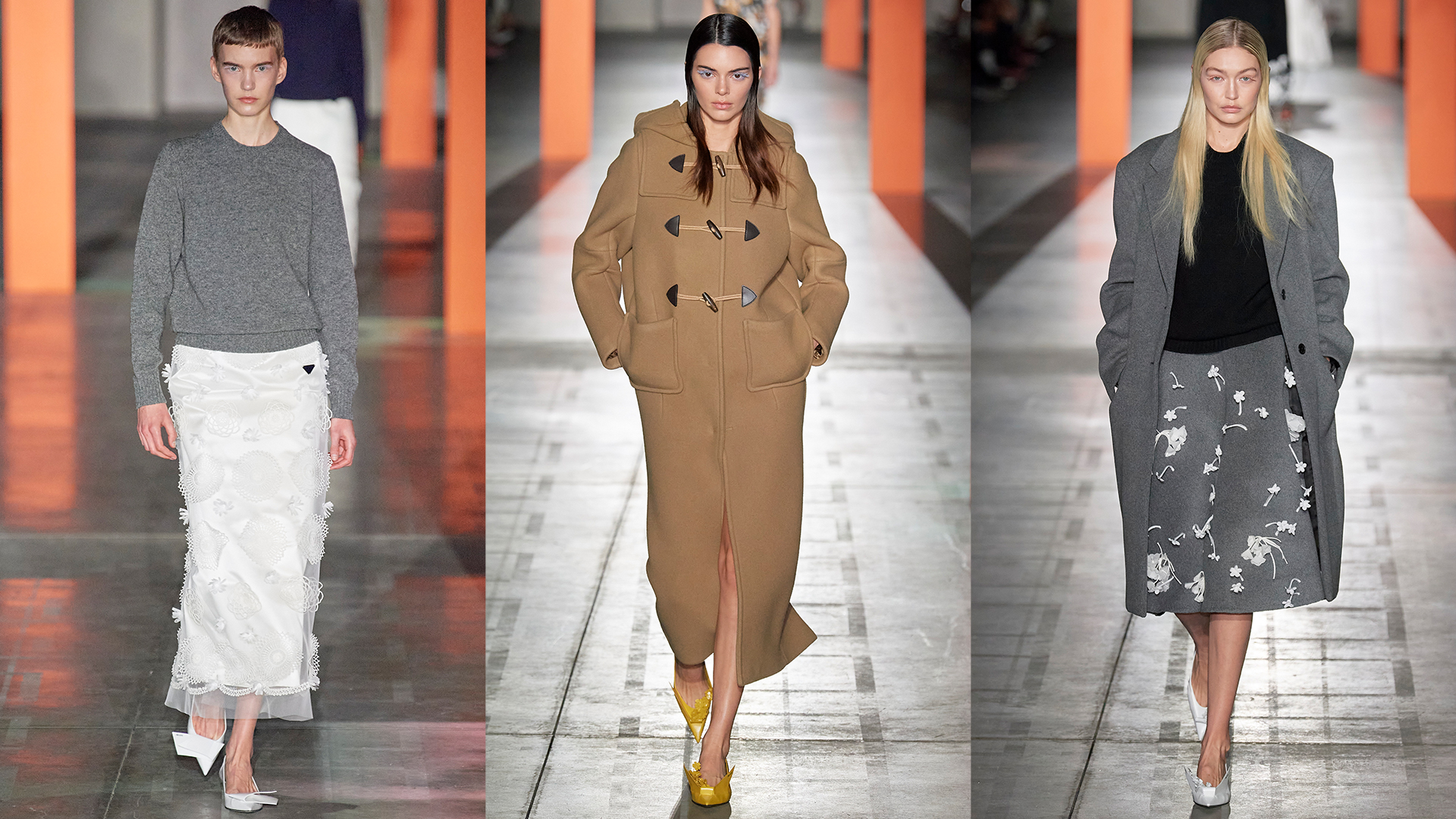Miuccia Prada and Raf Simons’ Prada AW23 show in Milan began with a simple gesture of showmanship. Held in the cavernous Deposito of the Fondazione Prada, the showspace was pared right back down to its poured concrete walls. The sunken roof of plasterboard, low and cavernous, slowly began to rise, revealing industrial-orange pillars wrapped in bouquets of white lilies, the scent of which filled the room as the first models emerged. You know that phrase about giving someone their flowers? The architectural trick set the tone for a Prada collection that was all about giving the world’s everyday heroes — nurses, teachers, soldiers, labourers, cleaners; the women who make the world go round, often unnoticed — their literal and figurative flowers. The official title of the collection was Taking Care.
“Mainly what I care about now is to give importance to what is modest, to value modest jobs, simple jobs, and not only extreme beauty or glamour,” explained Miuccia Prada after the show. “We are focused on reality for political reasons,” she added.
Prada has always been about anti-glamour — it is the house that pioneered the ‘ugly-chic’ aesthetic, after all — but the decision to show more pared-back clothes, reduced silhouettes without overt embellishment and status-signifying logos, was a prescient response to the woes of the world. War, economic uncertainty, the rise of fascism, environmental catastrophe — you name it, we’re going through it. You can understand why Miuccia and Raf wanted to avoid meaningless ostentation, and instead opt for sentimentality and emotion. It was this time last year that Russia invaded Ukraine while fashion shows in Milan carried on, raising questions as to how the industry should respond. Just as their menswear show last month was all about reduction, this show also felt like a radical antidote to the gimmicks on display elsewhere. In fact, it made a lot of other shows just seem silly.
The collection itself offered an exchange between the notion of the everyday and occasion wear, the familiar and the exceptional, in order to highlight the importance of both. All-white nurses’ scrubs, in crisp cotton, were elongated to longer-lengthed maxi skirts, more commonly found on red carpets. The cocooned silhouette of scooped-back duffel coats and pillowy down jackets and dresses suggested protection, warmth and safekeeping. The amount of craftsmanship that goes into handcrafted flowers, a motif found at most couture houses and a universal gesture of affection, offered a reminder of the amount of care that goes into every detail by craftspeople. Cashmere capes in khaki and camel, epaulettes and functional pockets, hinted at wartime uniforms, and the generations of women then and now, who assume vital responsibilities during times of crisis.

“We wanted to give uniforms an order of importance, in a way,” explained Raf. “It was about celebrating them. We can give them an importance – because those garments are important, the wearers are important; their actions are important; and their lives.”
The handful of looks that opened the show — neutral sweaters worn over skirts in varying volumes and lengths, styled in that quintessential Mrs P way — was a reversal of that elevation-of-the-everyday approach. Raf explained that they wanted to take the garment that most women will save up to wear once in their lifetime — a white wedding dress — and bring it down to the everyday wardrobe. The skirts came with quivering origami-like flowers, crafted from white calico; simple yet romantic. “Loving is a form of care, too,” he pointed out.
The simplicity of those skirts paired with those grey sweaters and cognac-coloured suede jackets were some of the strongest looks in the show. Generally speaking, fashion is at a crossroads, figuring out how to be sensitive and relevant at a time when such bigger issues demand our attention. As shows get bigger and the crowds waiting outside for a glimpse of K-pop star attendees get louder, the question is whether quiet, eloquent fashion can cut through the noise, and whether those crowds will care just as much about clothes as they do for the celebrities sitting in the audience. Prada has historically been a house that has offered a counterpoint to ostentation and vulgarity; it had its first global success at a time of recession in the early 90s with its anti-logo nylon bags. Raf, too, made his career by speaking to a generation uninterested in the mainstream.
If anyone can read the room and get the tone just right, it’s this intellectual powerhouse of two designers devoted to putting emotional intelligence at the heart of their work. As Miuccia put it: ‘Reality is rich. Real life is much more rich than any fantasy. And therefore more important. For me, the real meaning of what we do is to bring importance to the everyday. Everyday life deserves beautiful things. Because every day of life counts.”
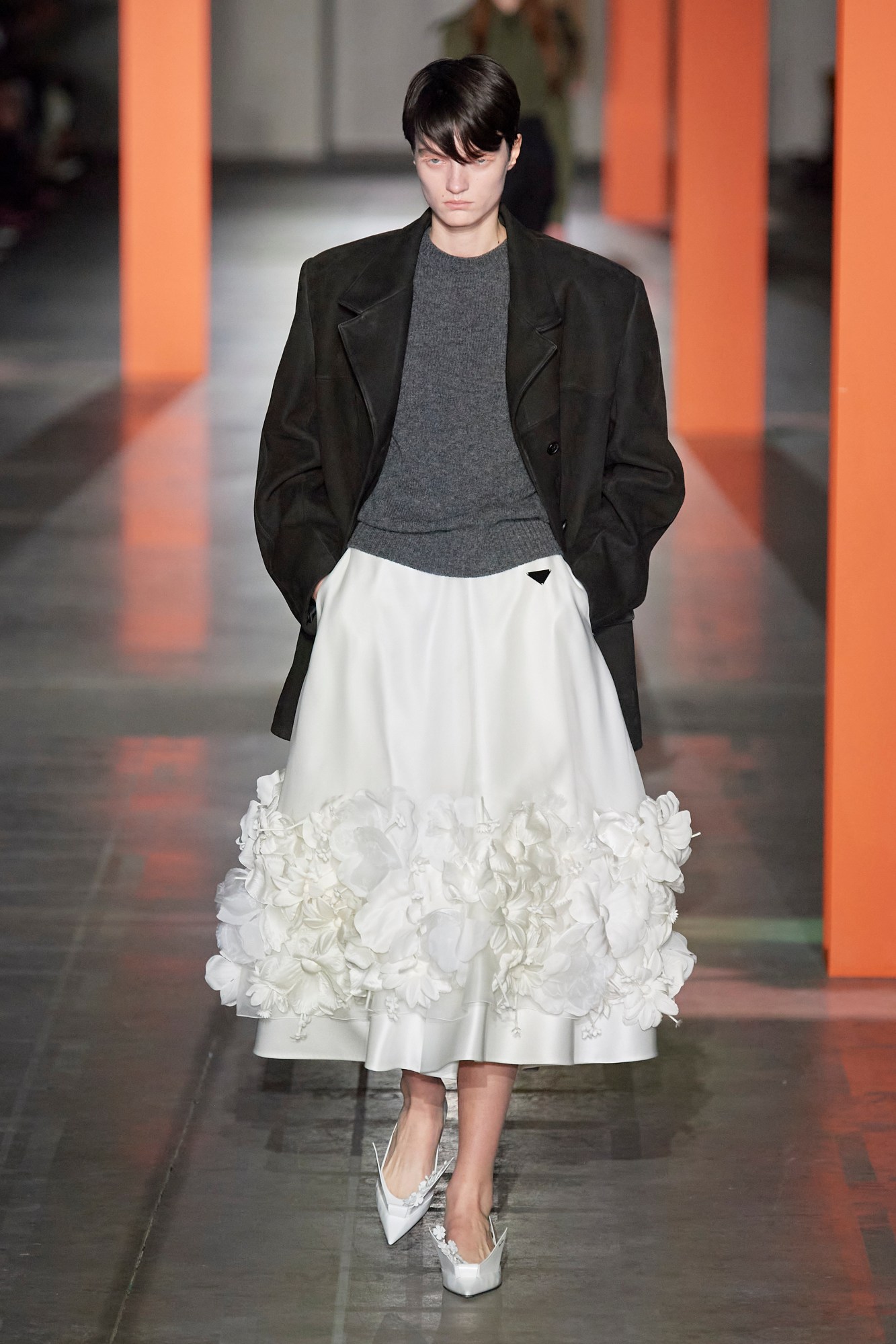
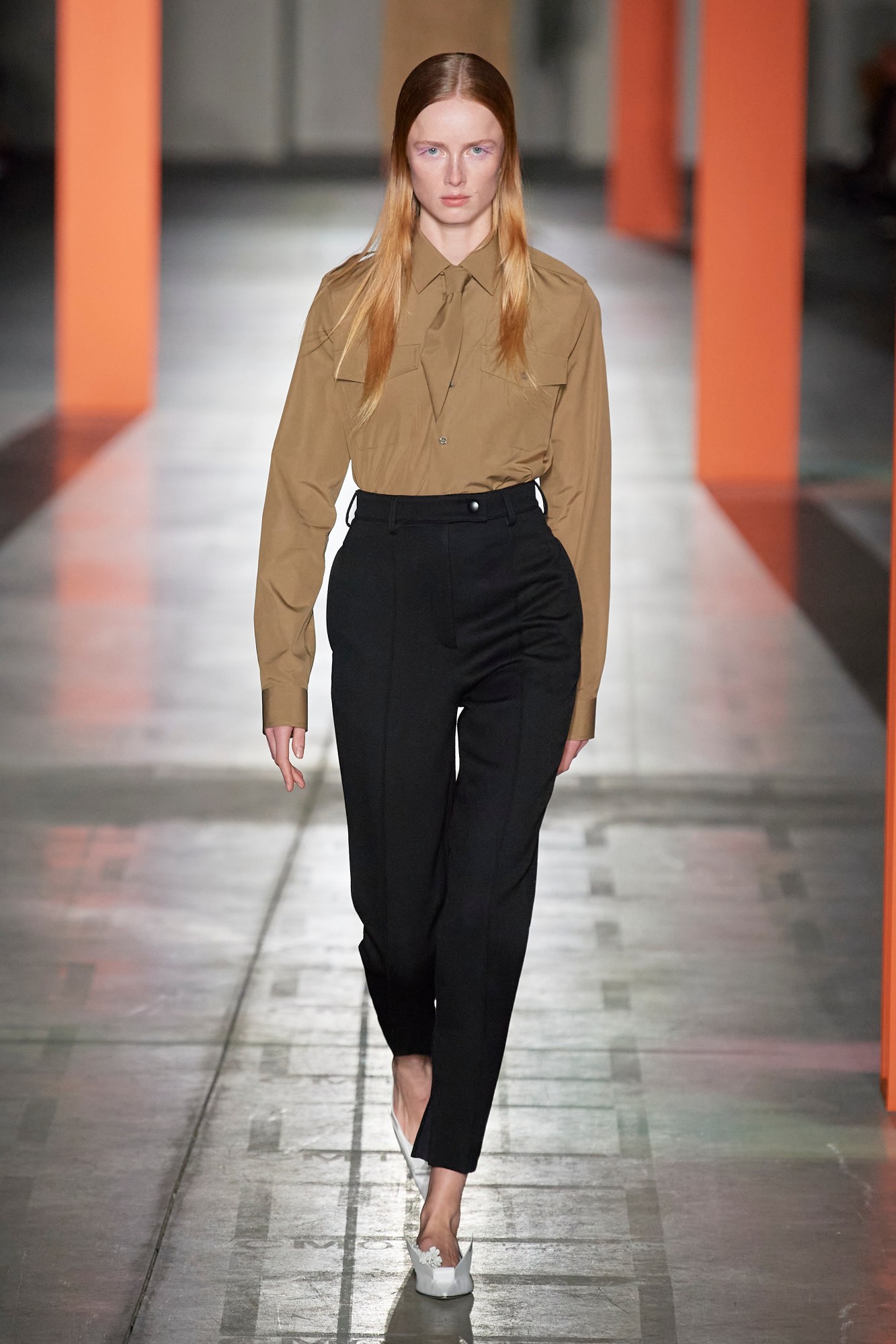
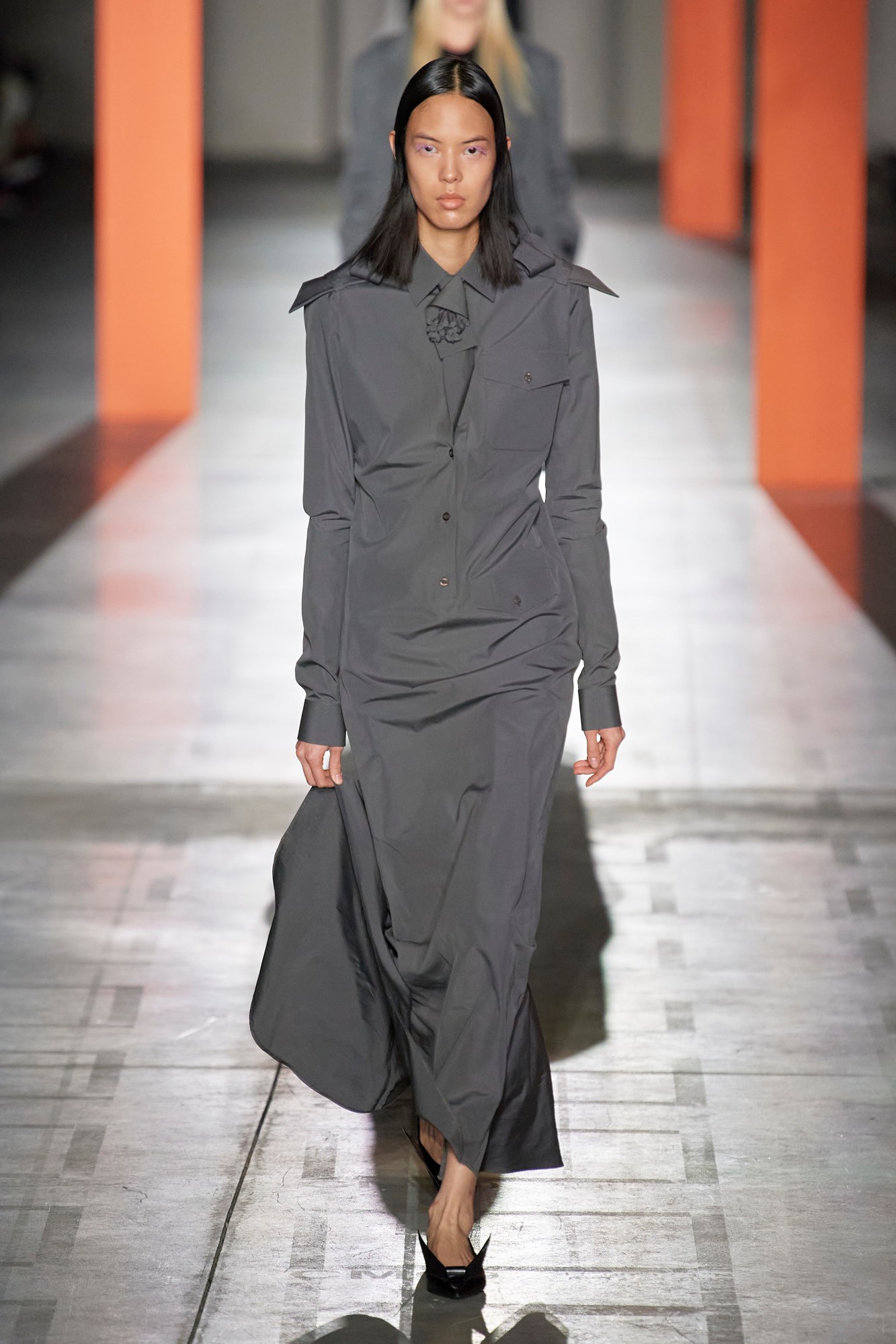
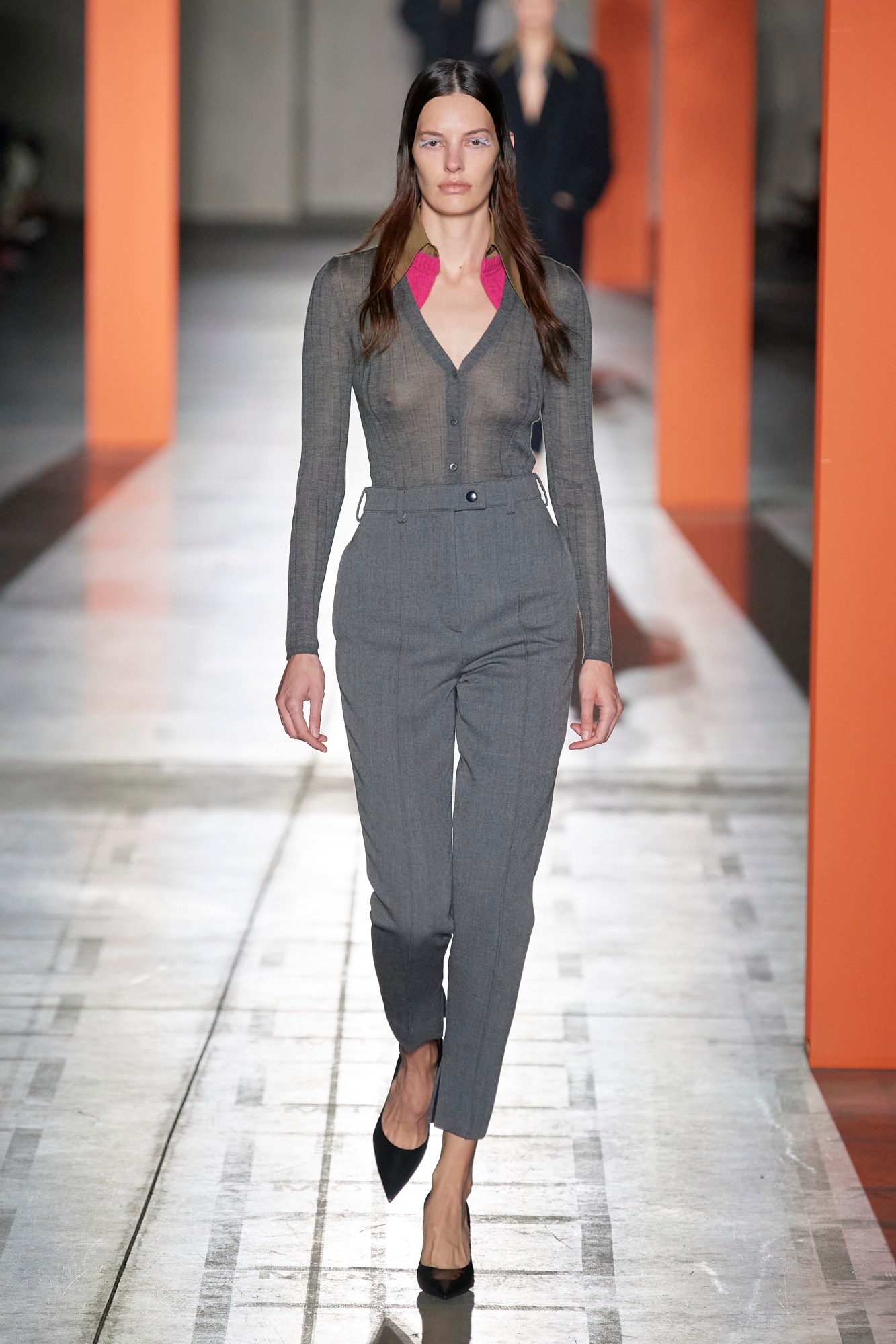

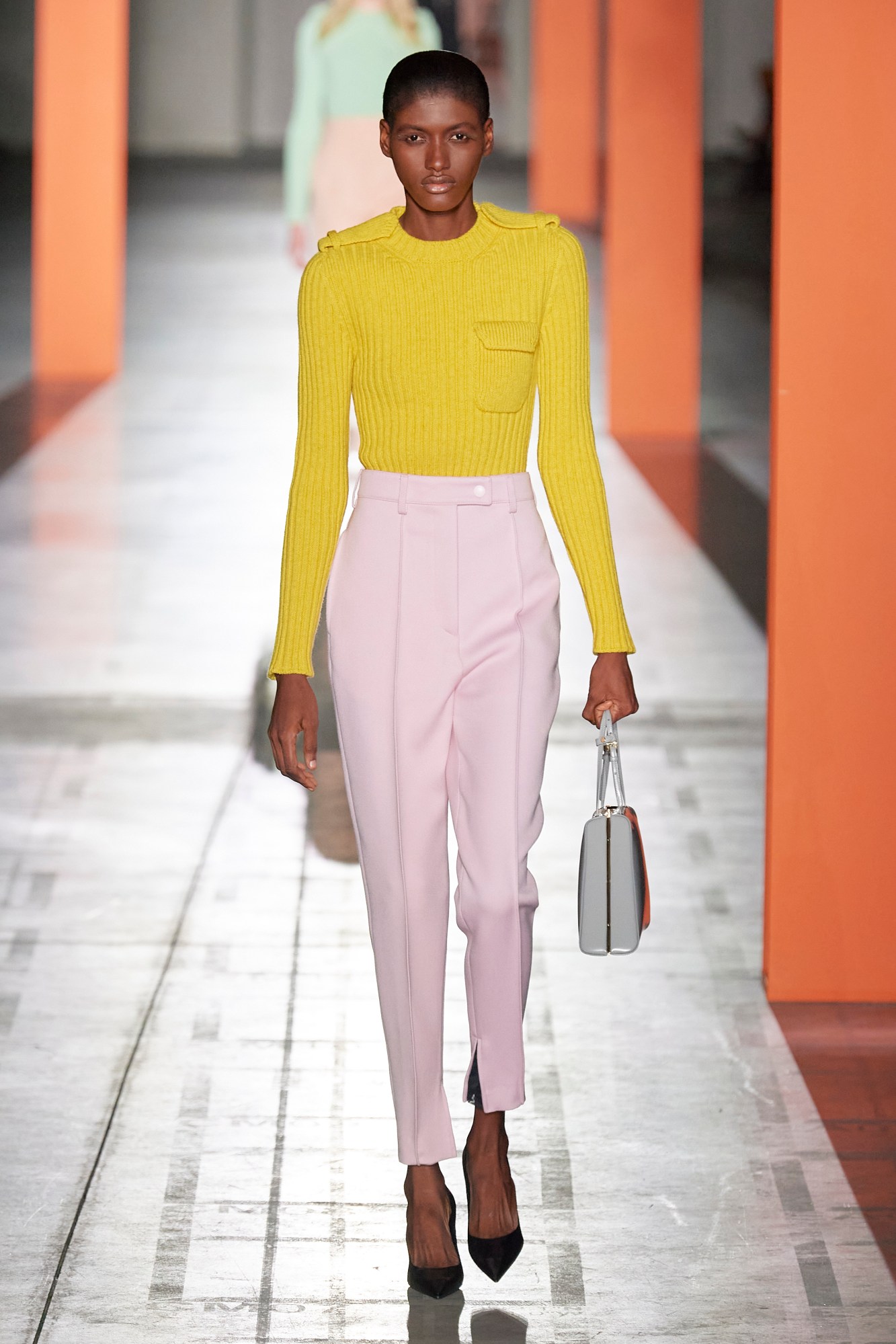
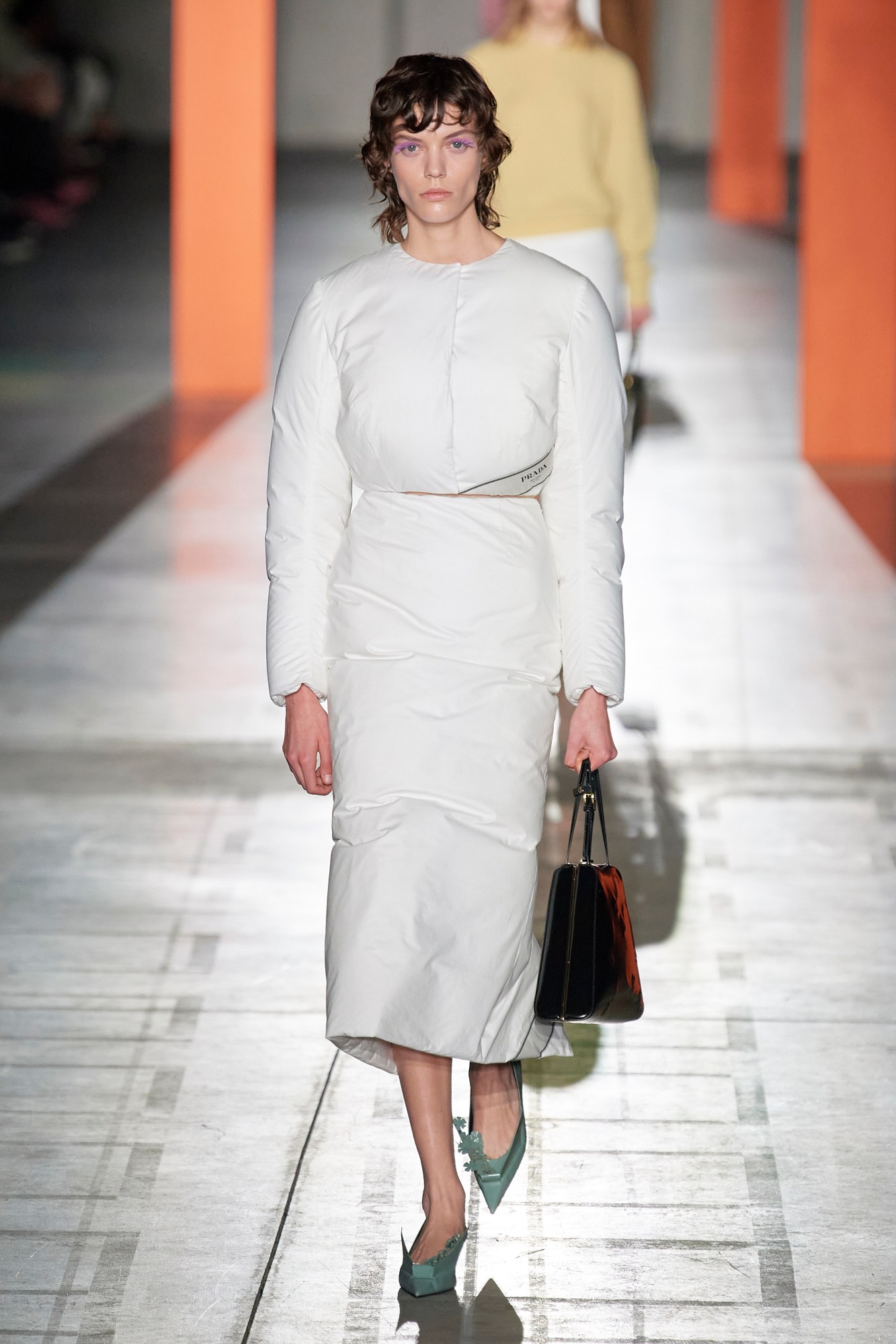

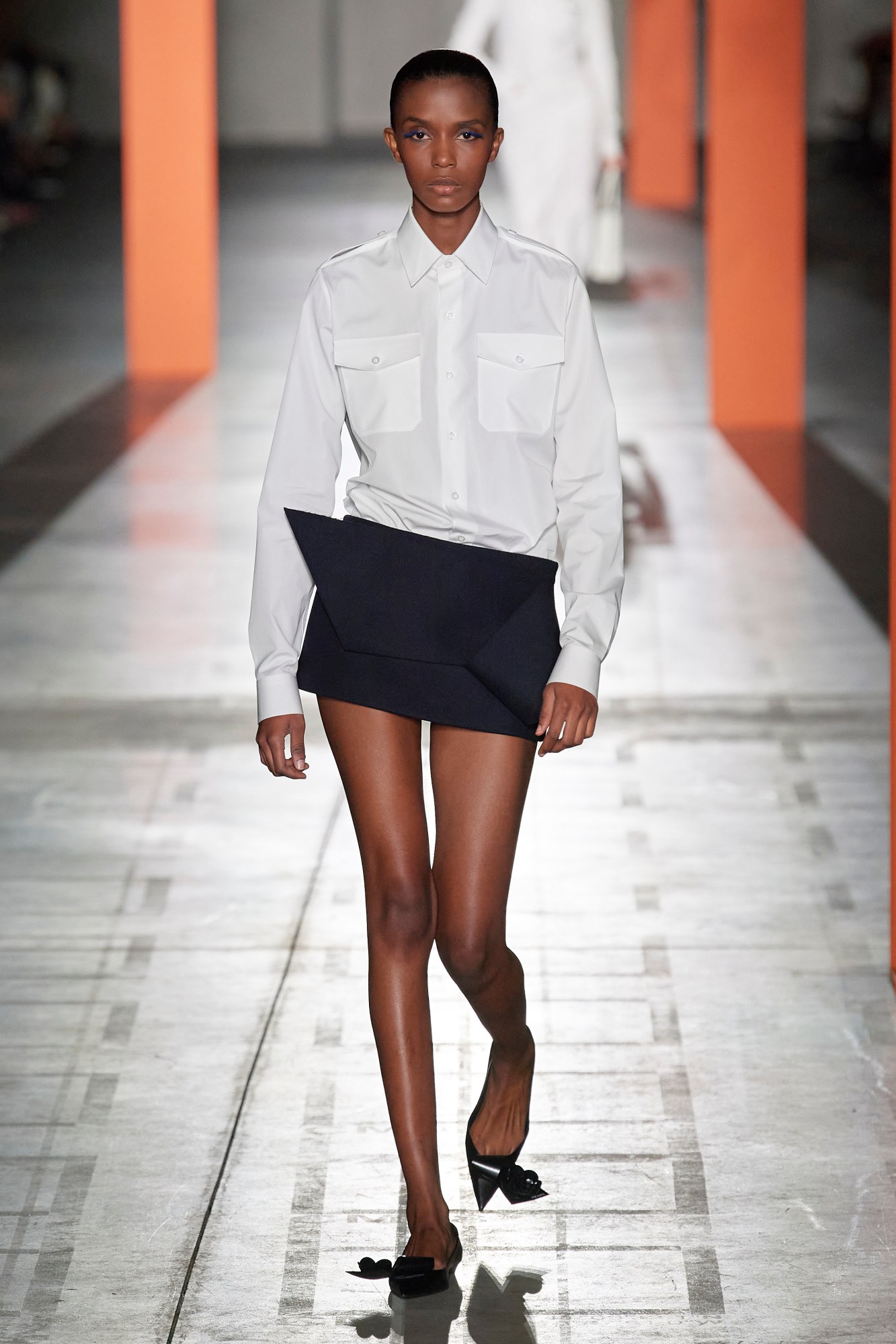

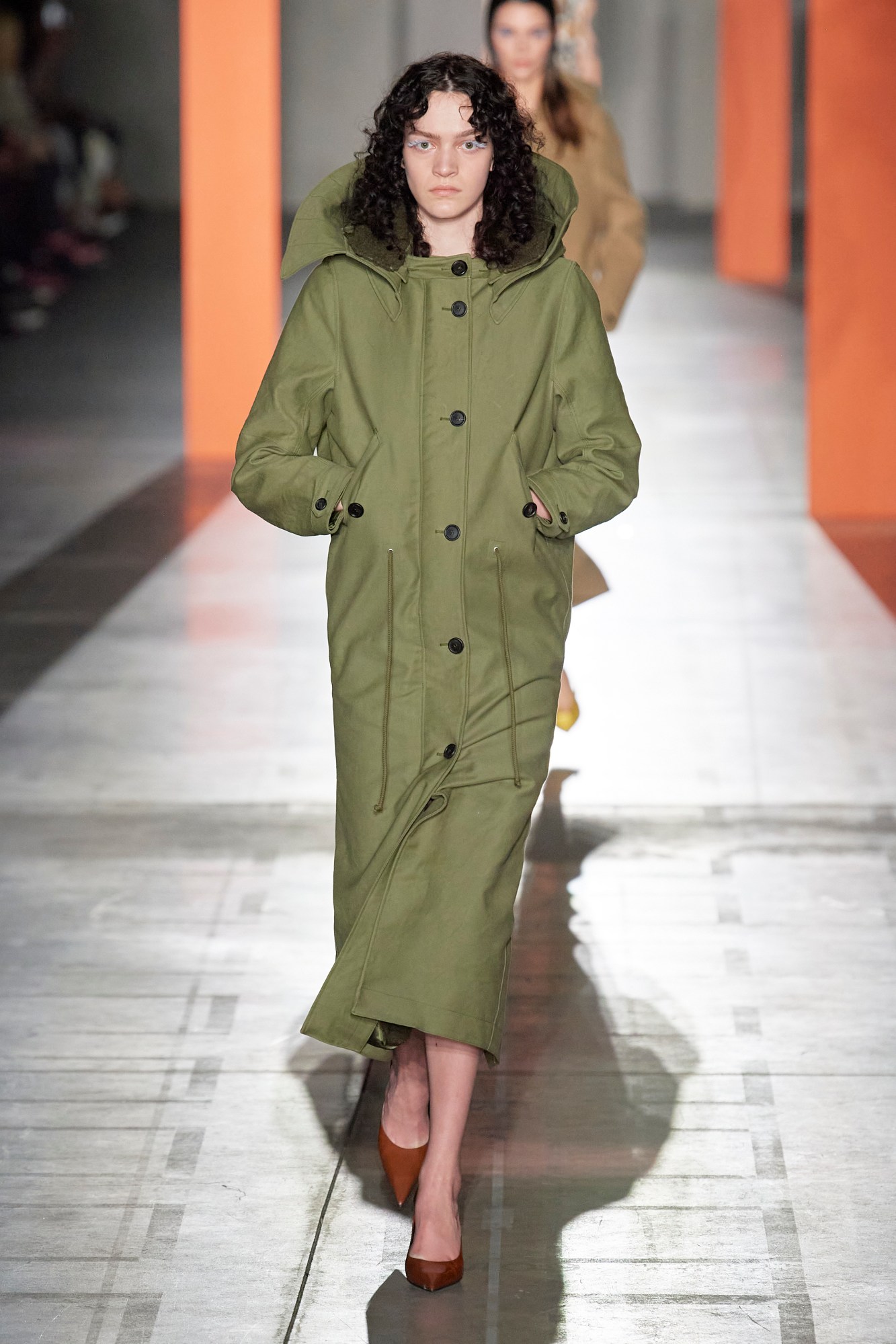

Credits
Images courtesy of Spotlight
